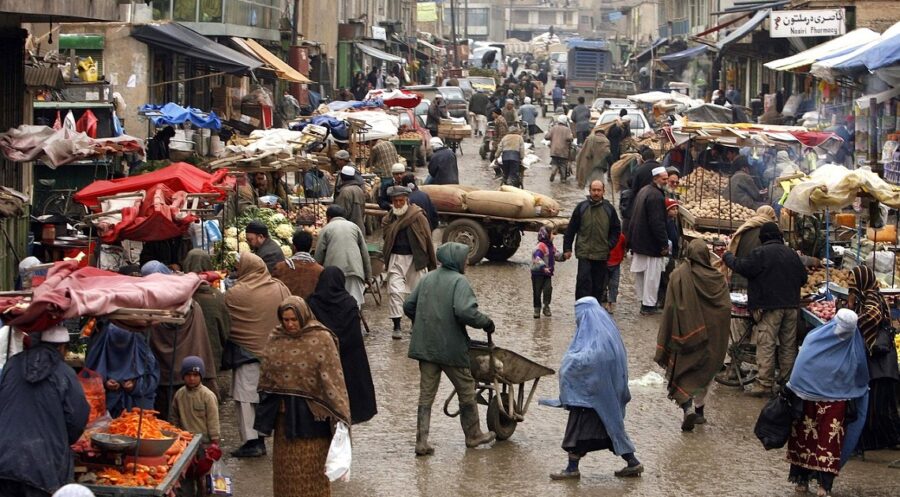The World Health Organization (WHO) and its Health Cluster partners reached 10.7 million people between January and October 2022, or 73% of the 14.7 million people they had set as their objective for the year. 17.6 million individuals are projected to require health assistance in 2023.
The WHO and Health Cluster partners have prepositioned medications and medical supplies in 91 priority districts in anticipation of the winter season, which is predicted to make people more vulnerable, particularly in high-altitude places and difficult-to-reach areas.
This is in accordance with the winterization plan developed by the inter-cluster coordination team (ICCT) and is based on a group study of seasonal scenarios and risk assessments. To increase access to healthcare, the WHO has built 189 primary healthcare (PHC) facilities in 27 provinces that are underserved. 4 Currently, WHO is collaborating with the implementing partners to prepare those institutions for winter by providing operational support and logistics, such as fuel, heating supplies, patient bedding, and food.
Respiratory infections have become more frequent and severe as a result of winter. There was a substantial increase in pertussis infections in November, with 64 suspected cases.
A total of 2,396 newly suspected measles cases, seven linked deaths, and a 15.3% increase from the prior month were reported. Most of the victims were young children, typically under the age of five.
WHO has backed the national disease surveillance response (NDSR) system, as well as donated supplies and supported capacity building to guarantee proper case management at health institutions, in order to prepare for and respond to the increase of infectious diseases during the winter season. A total of 120 community health supervisors and medical officers received training from WHO in November on event-based surveillance (EBS), a tool that helps gather warning signs and alerts of infectious illnesses and other public health events from a variety of information sources, including communities.



